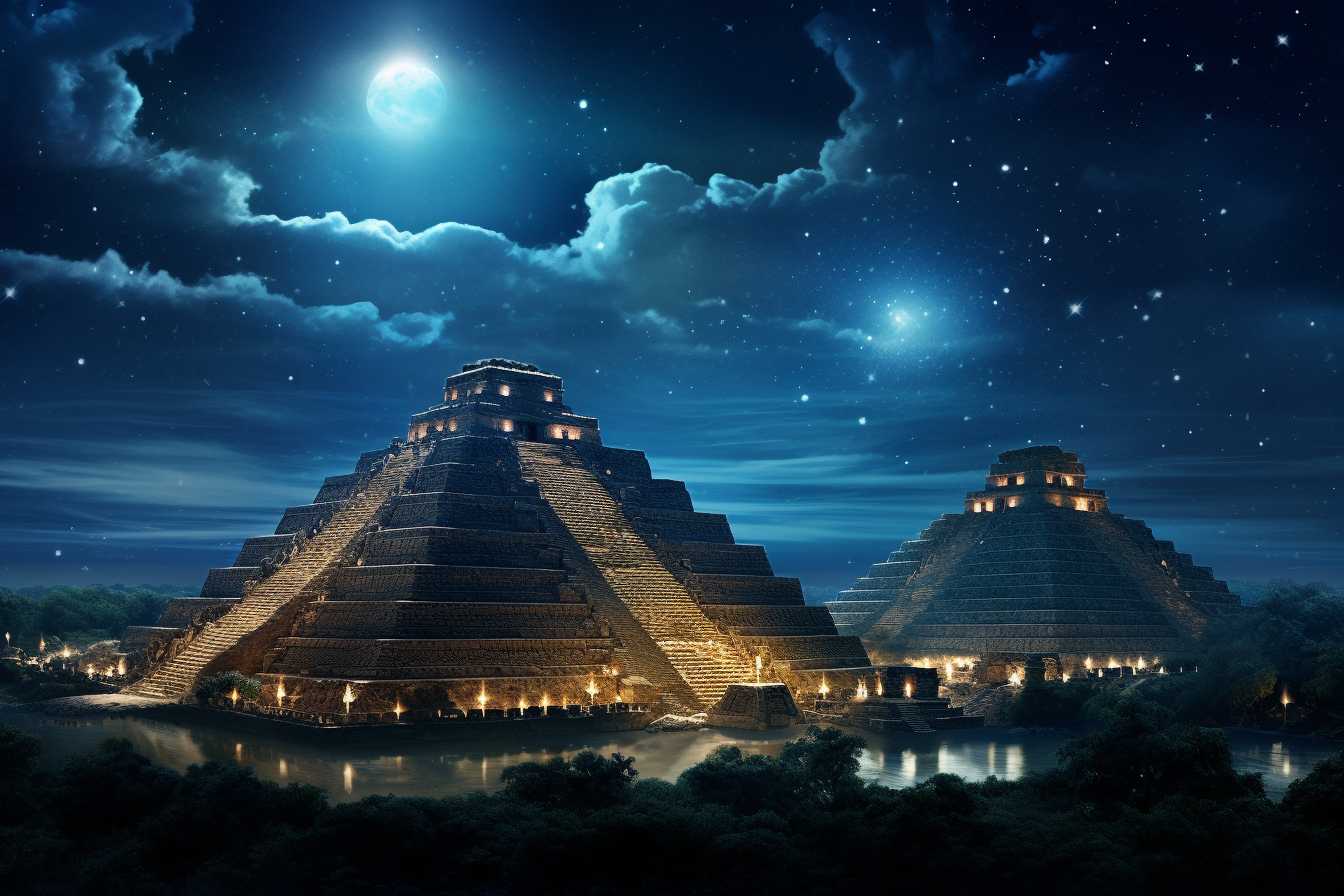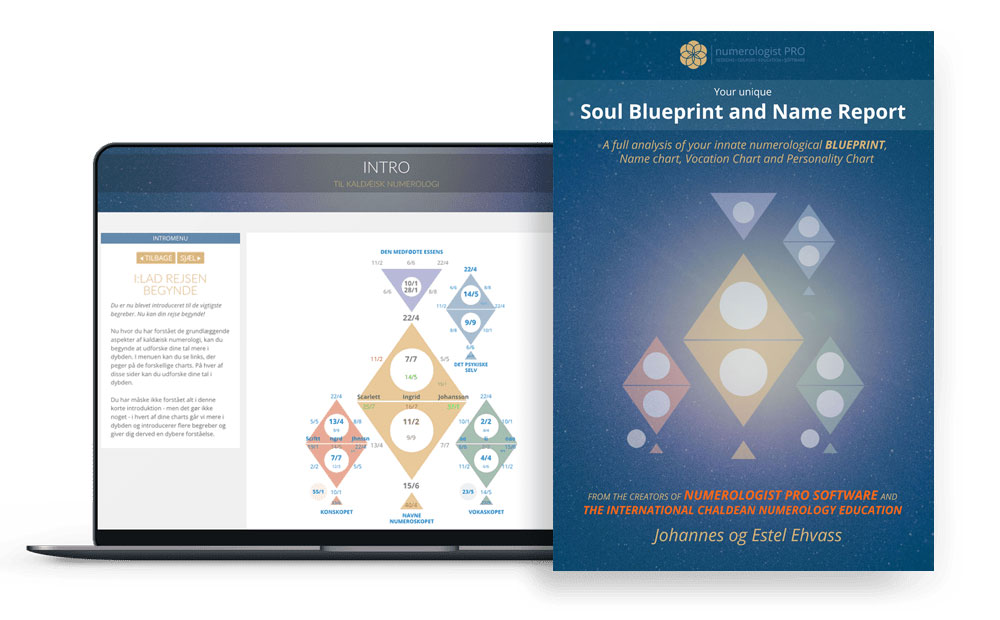Mayan Astrology

Estel Ehvass
Welcome, dear reader! The mystique of Mayan astrology has long captivated our collective imagination. Unlike other astrological systems, its unique cyclical perspective offers a refreshing and different understanding of time and destiny. Perhaps most famously, the 2012 predictions embedded within Mayan cosmology stirred up a whirlwind of speculation, excitement, and debate across the new age community and beyond. Was it the end of an era, a new beginning, or a profound spiritual awakening? In this article, we will journey deep into the heart of Mayan astrology, exploring its intricate cycles, profound insights, and the enduring legacy of its 2012 prophecy.
Mayan Astrology: The Mesoamerican Dance of Time and Cosmos
Introduction

Emerging from the verdant jungles of Mesoamerica, the Mayan civilization stands as a beacon of brilliance in astronomy, mathematics, and time-keeping.
With towering pyramids reflecting their cosmic understanding and intricate calendar systems encoding the cycles of time, the Mayans wove astrology into their daily and ceremonial life.
Far from the familiar zodiacal system of the West, Mayan astrology reflects a culture deeply connected with the rhythms of nature and the cosmos.
The Mayan Calendar Systems
Understanding Mayan astrology necessitates diving into their intricate calendar systems. Contrary to popular belief, the Mayans had not one but several calendar systems, each serving a unique purpose.
The Tzolk’in: The spiritual calendar, consisting of a 260-day cycle. This count is the product of two smaller cycles: 13 numbers and 20 day signs, resulting in 260 unique combinations.
The Haab: A 365-day solar calendar, which mirrors the solar year. It’s made up of 18 months, each of 20 days, with an additional short month of 5 “nameless” days known as Wayeb.
The Long Count: This is the calendar that famously pointed to December 21, 2012, as a significant date. It measures longer chronological cycles and is crucial for tracking longer chronological events.
These systems intertwine, reflecting both the celestial cycles and the spiritual essence of time as perceived by the Mayans.
Day Signs and Galactic Tones
The core of Mayan astrology is the Tzolk’in. Each of its 260 days combines one of the 20 day signs with one of 13 galactic tones. These combinations provide an astrological profile, much as a zodiac sign and planet might in Western astrology.
The day signs include symbols such as Imix (Crocodile), Ik (Wind), and Akbal (Night), each with its mythology and significance. Meanwhile, the galactic tones, numbered from 1 to 13, add another layer of meaning, symbolizing the different universal energies present at one’s birth.
Ceremonial Time: The Ebb and Flow of Energies
For the Mayans, time was as much spiritual as it was chronological. Specific days were considered auspicious or inauspicious for particular activities, from sowing seeds to engaging in warfare. High priests, versed in the intricate dance of day signs and galactic tones, would advise rulers on the optimal days for various undertakings. The concept of “divine time” permeated every decision, ensuring harmony between the material and celestial realms.
Mayan Zodiac and Lunar Mansions
While the Tzolk’in holds central importance, the Mayans also had their lunar-based zodiac, consisting of 28 signs, akin to the lunar mansions in other astrological traditions. These signs reflected the moon’s journey and were essential for rituals associated with fertility and agriculture, given the moon’s association with water and growth.
Planetary Movements: Venus and Beyond
The Mayans held Venus, the morning and evening star, in special reverence. Its cycles, particularly as the morning star, were tracked meticulously, with specific hieroglyphs depicting its phases. The heliacal rising of Venus, where it first becomes visible in the dawn sky, was deemed significant, often correlating with major events or ceremonies. Moreover, Venus’s appearances and disappearances from the night sky were essential for warfare timings, as Venus was associated with conflict and disruption.
While Venus was paramount, the Mayans also observed other planetary movements, including Mars, Mercury, and Jupiter, and integrated them into their astrological calculations and prophecies.
Mayan Astrology Today
Despite the decline of the ancient Mayan civilization, their astrological practices persist. Modern-day practitioners, especially in regions with Mayan ancestry, utilize the Tzolk’in for personal readings and to determine auspicious days. The blend of cyclical time understanding with spiritual significance continues to resonate, offering insights distinct from Western or Vedic astrological systems.
Commonalities with Babylonian/Hellenistic/Modern Astrology
While Mayan astrology, with its unique calendar systems and symbols, stands apart, some universal threads connect it to Babylonian, Hellenistic, and Modern astrology:
Lunar Importance: Just as the Babylonians gave significance to lunar cycles, the Mayans too had a profound respect for the moon, evident in their lunar-based zodiac.
Planetary Observations: Like Hellenistic and Modern astrology, the Mayans observed planetary movements, especially Venus, and deduced their significance.
Auspicious Timings: Babylonian priests, much like their Mayan counterparts, determined propitious times for events based on celestial occurrences.
Spiritual Essence of Time: Both Hellenistic and Mayan systems imbue time with spiritual significance, viewing it not just as a chronological progression but as a dance of energies.
Integration with Daily Life: In all these systems, astrology wasn’t a mere abstract study. It deeply integrated into governance, agriculture, and daily decisions, underlining its universal appeal across civilizations.
Conclusion
The rich tapestry of Mayan astrology provides a window into a civilization that viewed time, not as a linear progression, but as a spiral of intertwined energies. While their pyramids, glyphs, and relics provide tangible reminders of their astronomical prowess, it’s in the living practice of Mayan astrology that we find the heartbeat of a people attuned to the cosmos’s rhythms. Their legacy, while distinct in symbols and systems, echoes the age-old human quest to find purpose and meaning in the stars’ patterns.

Johannes & Estel: Renowned authorities in Numerology, Astrology, and the esoteric arts. As the founders of Scandinavia's premier Numerology school, we're delighted to share our insights through this curated series on astrology. Dive in and discover the stars.
The Worlds Most Advanced Numerology Report

Your birthdate reveals your unique life purpose, potentials, talents, weaknesses, and karma in this life.
Your names show what you attract into your life regarding your career, relationships, happiness, money, and success.
GET THE REPORT HERE
Introduction to Astrology
The history of Astrology
Moving beyond deterministic astrology
Foundation of Astrology: Planets, Signs and Houses
Astrology and the Holographic Universe
The Holographic Universe
The Human Psyche as a Mirror to The Solar System
The Human Body as a Mirror to The Star Signs
Astrology Background
Egyptian Astrology
Mayan Astrology
Chinese Astrology
Indian Astrology - Jyotish
Celtic Astrology
Tibetan Astrology
Mesopotamian Astrology
Early Mesopotamian Astrology: The Dawn of Celestial Divination
Enuma Anu Enlil: The Epicenter of Babylonian Celestial Omen Interpretation
Babylonian and Chaldean Astrology
Babylonian and Chaldean Astrology
Chaldean influence and evolution
Chaldean Wisdom: Safeguarding and Transmitting Astrological Knowledge
Hellenistic Astrology
Hellenistic Astrology background
Claudius Ptolemy and Tetrabiblos
Vettius Valens
Dorotheus of Sidon
Persian Astrology
Persian Astrology background
Sassanian Astrology
Late Antiquity and The Transition Period
Late Antiquity and The Transition Period
Hellenistic to Islamic Transition: The Torchbearers of Astrological Wisdom
Islamic Golden Age
Arabian Astrology Background
Arabian Astrology Contributions
Medieval Astrology
Introduction: The Medieval Cosmos
Monastic Preservers: Astrological Knowledge in the Dark Ages
Astrology in Medieval Medicine
Kings, Queens, and Constellations: Astrology in the Medieval Court
The Church and the Stars: A Contentious Relationship
Universities and Scholastic Pursuits: Academic Astrology
Astronomy & Astrology: Tools of the Trade
Medieval Astrological Houses and the Synthesis of Traditions
Transition to the Renaissance: Humanism and the Celestial Arts
Reflections: Medieval Astrology's Echoes in Modern Practice
Astrological Art of the Middle Ages
Famous Medieval Astrologers
Medieval Astrological Texts
Renaissance Astrology
Renaissance Humanism and Astrology
Scientific Advancements and Astrology
The Social Fabric: Astrology in Everyday Renaissance Life
Court Astrologers of the Renaissance
Controversies and Conflicts: Astrology Under Scrutiny
Renaissance Texts and Authors: Continuation of a Tradition
Astrology and Art: Celestial Imagery in the Renaissance
Renaissance Astrological Practices: Evolutions and Innovations
End of the Renaissance: The Gradual Decline of Astrological Influence
Renaissance Astrology's Echo in the Modern World
Enlightenment Astrology
Introduction: The Enlightenment and Astrology
Challenging the Stars: Astrology's Critics during the Enlightenment
Astrology and the New World
Astrology in the 19th Century
The Dawn of Psychological Astrology
Astrology in the 20th Century: A Modern Renaissance
Astrological Associations and Schools
Modern Controversies and Astrology
Astrology and Popular Culture
Astrology and Technology
Current Trends and Future Directions in Astrology
Conclusion: Reflecting on Astrology's Evolution
The Planet Significances
The Sun in Astrology
The Moon in Astrology
Mercury in Astrology
Venus in Astrology
Mars in Astrology
Jupiter in Astrology
Saturn in Astrology
Uranus in Astrology
Neptune in Astrology
Pluto in Astrology
Chiron in Astrology
Black Moon Lilith in Astrology
Pars Fortuna in Astrology
Ceres in Astrology
Houses in Astrology
Introduction to Astrological Houses
The Angular Houses
The Succedent Houses
The Cadent Houses
The 1st House
The 2nd House
The 3rd House
The 4th House
The 5th House
The 6th House
The 7th House
The 8th House
The 9th House
The 10th House
The 11th House
The 12th House
Interaction Between Houses
Derived Houses, House Rulers, and Interceptions
Conclusion: Synthesizing House Knowledge
All Materials © 2023 & 2024 Numerologist PRO
Terms of Service: Information provided by Numerologist PRO and/or from this web site is not intended as advice (medical, psychological, financial or other), nor is it intended to replace your work with a qualified professional (medical or otherwise). You should maintain your relationship with your providers and consider the services of this site as informational only. Any information, stories, examples, or testimonials presented on this website do not constitute a warranty, guarantee, or prediction regarding the outcome of an individual. This web site is a sharing of knowledge and information of numerology/energy work based on the experiences of Numerologist PRO. You are encouraged to make your own decisions based on your own research and inner guidance. By booking and receiving services, you agree to fully release and hold harmless Numerologist PRO and all it's affiliated numerologists from and against any liability or claim that may arise out of or in connection with their service(s).
Numerologist PRO © 2021

CONTACT
numerologist@numerologistpro.com
LIKE US, and get free numerology tools, info about your personal numbers, best business dates of the year - and more!
YOUR FREE NUMEROSCOPE CHART
Enter your name and email below and get access to our free online numerology chart tool.